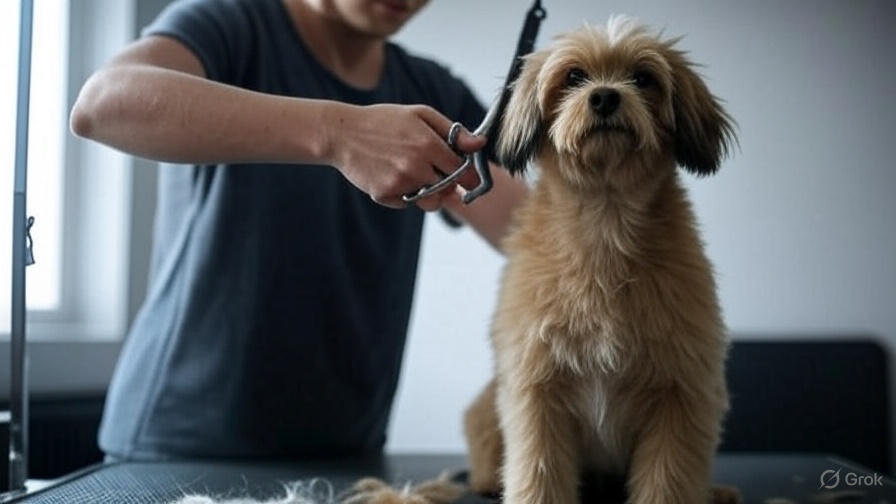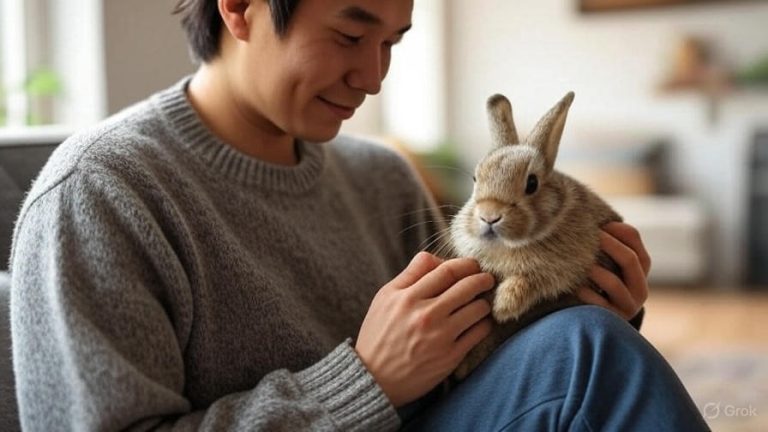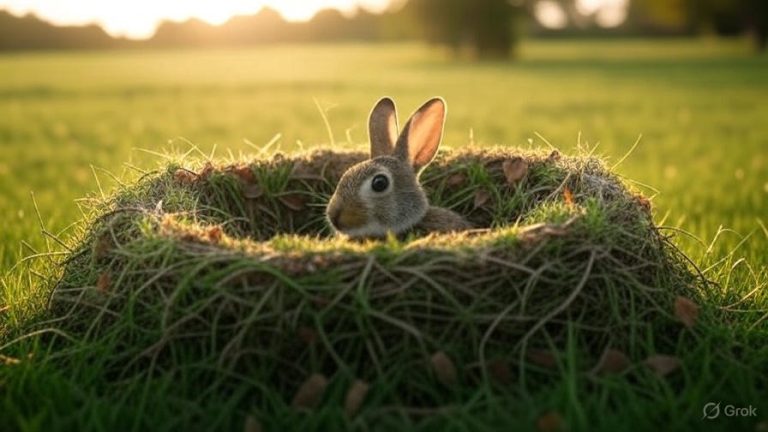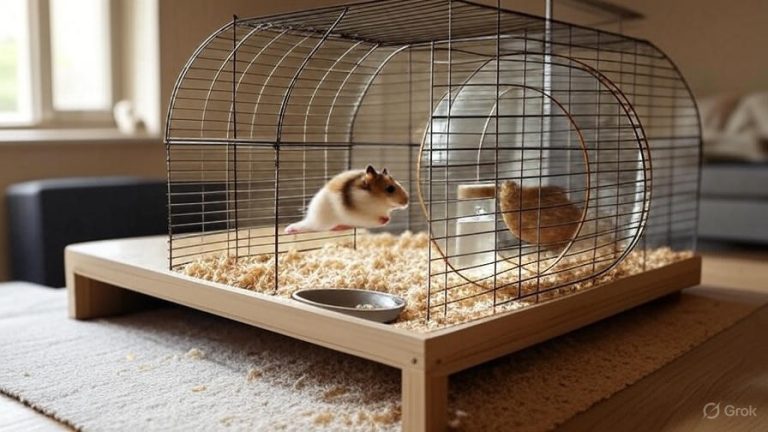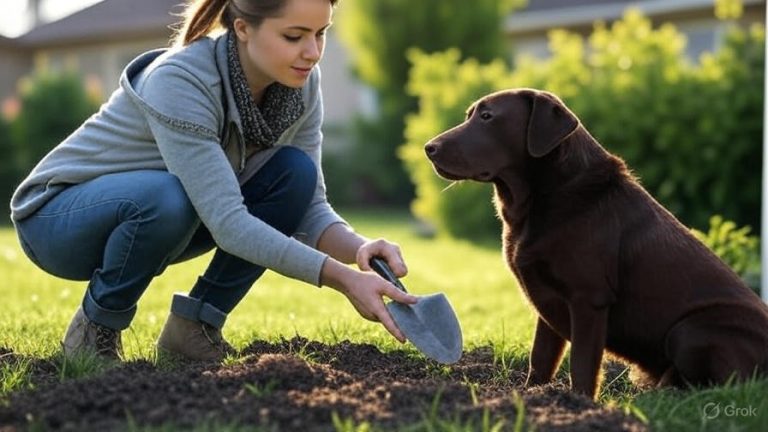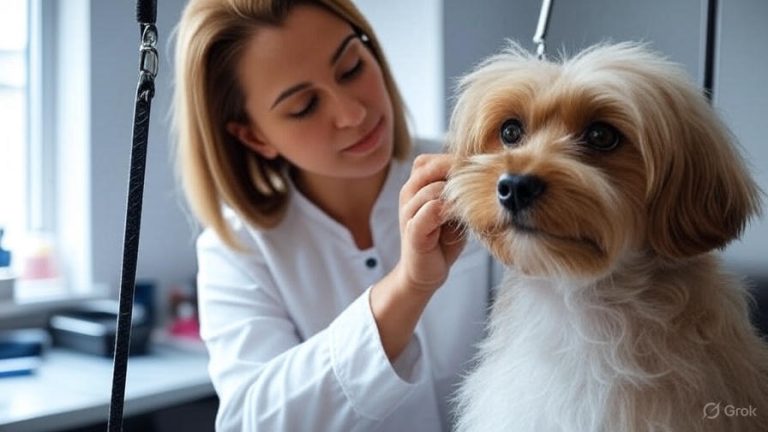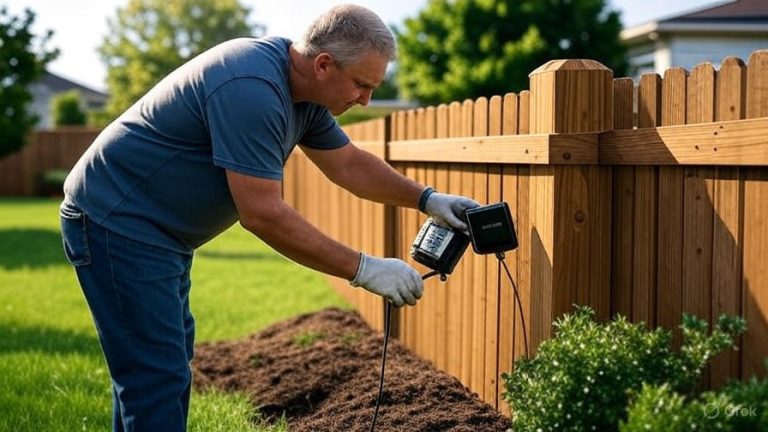How to Trim Dog Hair with Scissors?
Every dog owner faces the inevitable task of keeping their furry friend well-groomed. Professional grooming services can cost hundreds of dollars annually, making home grooming an attractive alternative. Learning to trim your dog’s hair with scissors saves money while strengthening the bond between you and your pet.
Many pet parents feel intimidated by the prospect of cutting dog hair themselves. However, with proper preparation, the right tools, and careful technique, you can achieve salon-quality results at home. This comprehensive guide walks you through every step of the dog hair trimming process.
Essential Tools for Dog Hair Trimming
Before you begin cutting your dog’s coat, gather the necessary equipment. Professional-grade scissors make the biggest difference in your results. Invest in high-quality grooming shears designed specifically for pet hair. These scissors feature sharp blades that glide through fur without pulling or snagging.
Straight scissors work best for general trimming and creating clean lines. Curved scissors help shape rounded areas like the face and paws. Thinning shears blend harsh lines and reduce bulk in thick coats. Safety-tip scissors protect sensitive areas around the eyes and ears from accidental cuts.
A sturdy grooming table provides the ideal working surface. The elevated height reduces strain on your back during longer grooming sessions. Non-slip mats prevent your dog from sliding around during the trimming process. Good lighting ensures you can see exactly where you’re cutting.
Slicker brushes remove tangles and mats before cutting begins. Metal combs help part the hair and create precise sections. Spray bottles filled with water keep the coat slightly damp for easier cutting. Treats and toys keep anxious dogs calm throughout the grooming session.
Preparing Your Dog for Hair Trimming
Start the preparation process several days before the actual trimming session. Gradually introduce your dog to the grooming tools by letting them sniff and investigate each item. Reward calm behavior with treats and praise to create positive associations.
Bathe your dog 24-48 hours before trimming. Clean hair cuts more easily and evenly than dirty, oily fur. Use a high-quality dog shampoo that won’t strip natural oils from the skin. Rinse thoroughly to remove all soap residue that could dull your scissors.
Brush out all tangles and mats before you start cutting. Attempting to cut through matted hair often results in uneven lengths and damaged scissors. Work through tough mats with a dematting comb or consider professional help for severely matted coats.
Tire out energetic dogs with a long walk or play session before grooming. A tired dog is much more likely to remain still during the trimming process. Schedule grooming sessions when your pet is naturally calm, such as after meals or during their usual nap time.
Basic Dog Hair Cutting Techniques
Master these fundamental cutting techniques before attempting more complex styles. The key to professional-looking results lies in understanding how different cuts affect your dog’s appearance and comfort.
Scissoring Technique Hold the scissors at a 45-degree angle to the dog’s body. Cut in the direction of hair growth to maintain the natural lay of the coat. Make small, controlled cuts rather than attempting to remove large sections at once. This approach prevents mistakes and ensures even length distribution.
Point Cutting Use the tips of your scissors to create a natural, feathered appearance. Point cutting works especially well around the face and legs where harsh lines look unnatural. Angle the scissors vertically and make small snips into the hair ends.
Blending Smooth harsh lines by using thinning shears between different length areas. Start with the longer section and work toward the shorter area. Make several light passes rather than heavy cuts to achieve gradual transitions.
Texturizing Create movement and reduce bulk in thick coats through texturizing cuts. Slide thinning shears partially through the hair shaft and close the blades. Repeat this process throughout thick areas to remove weight without shortening the overall length.
Step-by-Step Trimming Process
Begin your trimming session with the least sensitive areas to help your dog adjust to the process. Work systematically from one area to the next to ensure consistent results.
Body Trimming Start with the dog’s back and sides, where the hair is typically longest and easiest to cut. Comb the hair upward against the natural growth pattern, then trim to your desired length. Work in small sections, constantly combing and checking your progress.
Follow the natural contours of your dog’s body when cutting. Avoid creating straight lines across rounded areas like the ribcage and hindquarters. Blend the body hair into the leg hair for a seamless appearance.
Leg and Paw Trimming Lift each leg individually and comb the hair straight down. Trim the leg hair to create a neat column shape. Round the hair around each paw to create a tidy appearance. Be extra careful around the dewclaws and nail areas.
Trim the hair between the paw pads using safety-tip scissors. Long hair in this area collects dirt and debris, leading to infections. Remove only the hair that extends beyond the pads themselves.
Face and Head Trimming Approach facial trimming with extreme caution. Use only safety-tip scissors around the eyes and ears. Trim the hair that hangs into your dog’s eyes to improve their vision. Create a neat, rounded appearance around the ears.
Shape the hair on top of the head to complement your dog’s facial structure. Longer faces can handle more hair volume, while shorter faces look better with closely trimmed styles. Always cut conservatively around the face – you can always remove more hair later.
Tail Trimming The tail presentation varies significantly between breeds. Some breeds require full, flowing tails while others need neat, trimmed appearances. Research your specific breed’s grooming standards if you plan to show your dog.
For pet grooming, focus on creating a balanced look that complements the rest of the dog’s coat. Trim any scraggly ends and shape the tail hair to match the body coat length.

Safety Considerations and Common Mistakes
Dog grooming safety should always be your top priority. Sharp scissors pose risks to both you and your pet when used improperly. Never attempt to cut matted hair close to the skin – you could accidentally cut your dog.
Always cut away from your dog’s body when possible. If you must cut toward the body, use your free hand to create a barrier between the scissors and the skin. Move slowly and deliberately, especially around sensitive areas.
Stop immediately if your dog becomes stressed or aggressive. Forcing a frightened dog through grooming creates negative associations that make future sessions more difficult. Take breaks as needed and use positive reinforcement throughout the process.
Common Cutting Mistakes to Avoid
Cutting too much hair at once leads to uneven results and potential disasters. Remove small amounts gradually until you achieve the desired length. Remember that you can always cut more, but you cannot put hair back once it’s removed.
Cutting wet hair often results in styles that look different once the hair dries. Slightly damp hair works best for most cutting techniques. Completely wet hair appears longer than it actually is, leading to cuts that are shorter than intended.
Ignoring your dog’s natural hair growth patterns creates an unnatural appearance. Always work with the grain of the hair rather than against it. Study how your dog’s coat naturally lies before making any cuts.
Using dull scissors causes pulling and discomfort for your dog. Sharp blades make clean cuts that heal quickly if accidents occur. Dull blades tear the hair and can cause skin irritation.
Maintaining Your Dog’s Trimmed Coat
Regular maintenance keeps your dog’s trimmed coat looking fresh between major grooming sessions. Brush daily to prevent matting and distribute natural oils throughout the coat. Pay special attention to areas that mat easily, such as behind the ears and under the legs.
Touch up areas that grow quickly, such as around the eyes and paws. Most dogs need minor touch-ups every 2-3 weeks to maintain their appearance. Full trimming sessions typically occur every 6-8 weeks, depending on your dog’s coat type and growth rate.
Monitor your dog’s comfort level after trimming. Some dogs experience skin sensitivity immediately after grooming. Watch for excessive scratching or redness that might indicate clipper burn or allergic reactions to grooming products.
Breed-Specific Trimming Considerations
Different dog breeds require unique grooming approaches based on their coat types and traditional styling. Double-coated breeds like Golden Retrievers need careful thinning rather than close cutting to maintain their coat’s insulating properties.
Poodles and Poodle mixes require regular professional-style cuts to prevent matting. Their continuously growing coats need trimming every 4-6 weeks. Learn basic Poodle trimming techniques if you own one of these popular breeds.
Wire-haired breeds like Terriers benefit from hand-stripping techniques combined with scissor work. Their coats require different handling than soft-coated breeds. Research your specific breed’s grooming requirements before beginning.
Long-haired breeds such as Yorkies and Maltese need careful layering to maintain their flowing coats. Focus on trimming split ends and shaping rather than reducing length significantly.
Troubleshooting Common Grooming Challenges
Even experienced groomers encounter difficult situations during trimming sessions. Learning to handle these challenges prevents stress for both you and your dog.
Dealing with Anxious Dogs Some dogs panic during grooming regardless of preparation. Break grooming sessions into multiple short periods rather than attempting to complete everything at once. Use calming aids like pheromone sprays or anxiety wraps if necessary.
Enlist a helper to hold and comfort your dog during trimming. Having a familiar person nearby often calms nervous pets. Practice handling exercises regularly to desensitize your dog to grooming touches.
Managing Thick or Matted Coats Severely matted coats require professional attention to avoid injuring your dog. Never attempt to cut through tight mats close to the skin. Use detangling sprays and work through mats gradually with appropriate tools.
Prevent future matting through regular brushing and professional grooming. Some coat types mat more easily than others, requiring daily maintenance to stay manageable.
Correcting Uneven Cuts Minor unevenness can be corrected through careful blending and trimming. Step back frequently to assess your work from different angles. Good lighting helps identify areas that need adjustment.
Major cutting mistakes may require professional correction. Don’t attempt to fix severe problems yourself – you might make the situation worse. Professional groomers can often salvage problematic cuts.
When to Seek Professional Help
Recognize your limitations as a home groomer. Some situations require professional expertise to ensure your dog’s safety and appearance. Complex breed cuts, severely matted coats, and aggressive dogs need professional handling.
Professional groomers have specialized training in canine behavior and restraint techniques. They can safely handle dogs that become aggressive during grooming. Don’t risk injury to yourself or your pet by attempting to groom an uncooperative dog.
Skin conditions and injuries require veterinary attention before grooming. Never attempt to groom around open wounds or irritated skin. Consult your veterinarian about any skin problems before scheduling grooming sessions.
Building Your Grooming Skills Over Time
Home dog grooming is a skill that improves with practice and patience. Start with simple maintenance trimming before attempting complex styles. Watch professional groomers work to learn proper techniques and handling methods.
Join online grooming communities where experienced home groomers share tips and advice. Many communities offer guidance for specific breeds and coat types. Learning from others’ experiences helps you avoid common mistakes.
Consider taking a basic grooming class if available in your area. Hands-on instruction accelerates your learning and builds confidence. Some pet supply stores offer grooming workshops for dog owners.
Invest in quality tools gradually as your skills improve. Professional-grade equipment makes grooming easier and produces better results. Well-maintained tools last for years and improve your grooming efficiency.
Remember that every dog is unique, and what works for one may not work for another. Develop a grooming routine that suits your dog’s temperament and coat type. Patience and consistency lead to successful home grooming experiences that benefit both you and your beloved pet.
With proper preparation, quality tools, and careful technique, you can successfully trim your dog’s hair at home. Start slowly, practice regularly, and don’t hesitate to seek professional help when needed. Your dog will appreciate the gentle care and attention you provide during these intimate grooming sessions.

